SupremePunk #094
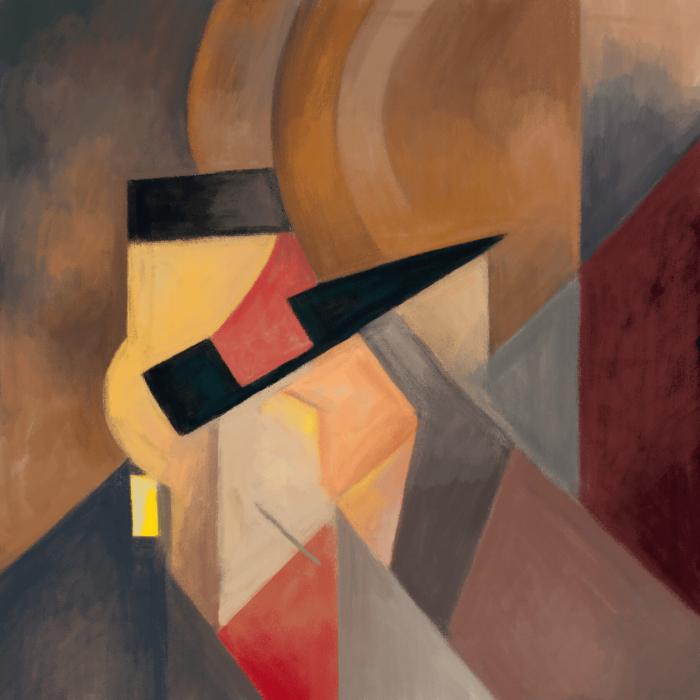
Internal conflict
This Punk is inspired by CryptoPunk #4863 and artworks of Umberto Boccioni. It is difficult for the viewer to see the facial features of this Punk. After a close study of the picture, it may seem that the author depicted not one character, but two, who at the same time oppose each other: a beige-gray broken figure — like a man's jaw — rests against a red-yellow one. But at the same time, you can't confuse the outline of a single pair of black glasses with anything. This Punk shows an internal conflict, when a person seems to be divided into two opposite entities, each of which is trying to gain the upper hand in making a decision or committing a fateful act.
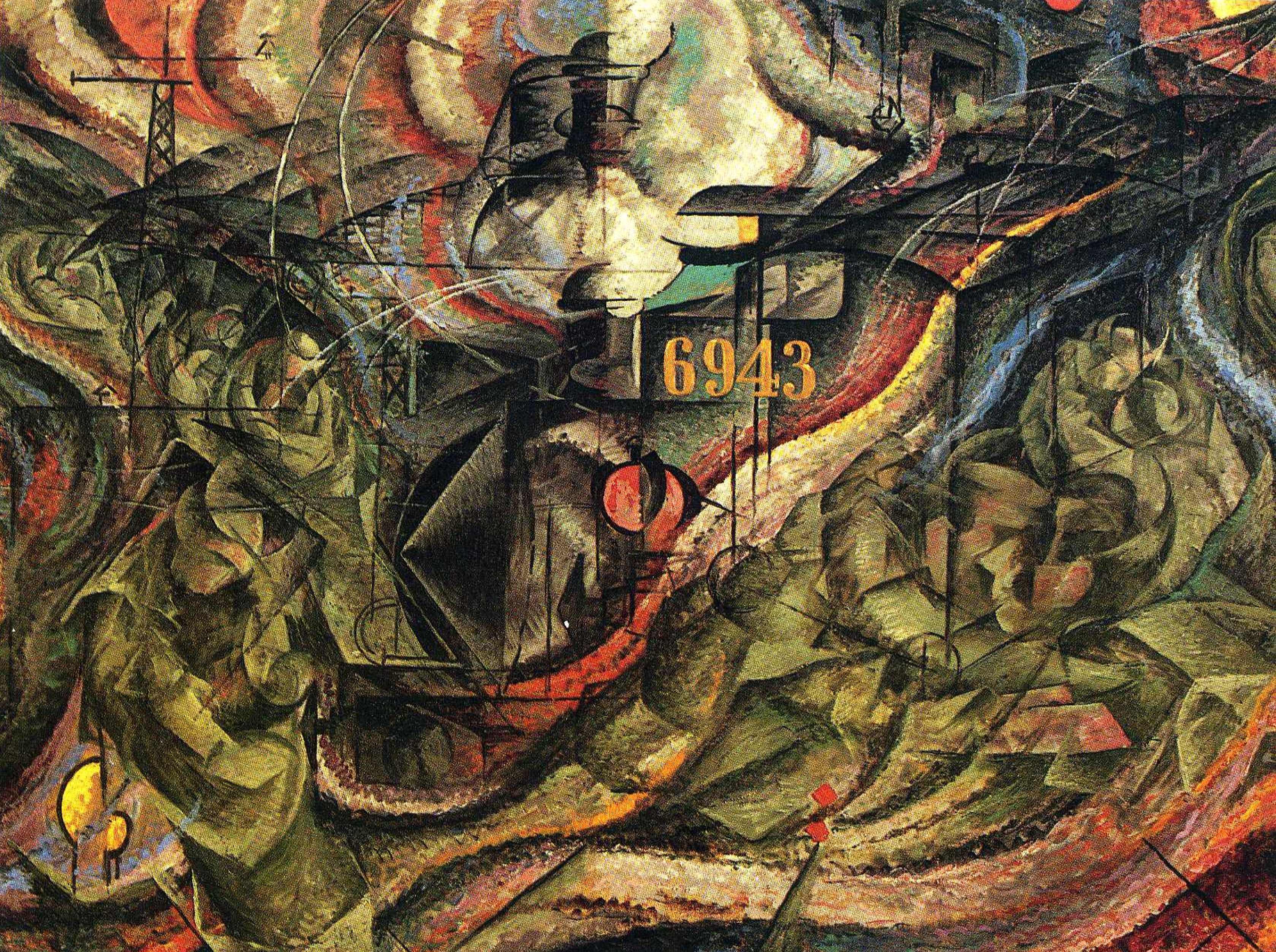
Umberto Boccioni — States of Mind — The Farewells, 1911
Umberto Boccioni is one of the few representatives of cubo-futurism who tried to convey emotional experiences through broken lines and distorted space. Therefore, it is his work that is closest to the idea of this Supreme Punk. In particular, it is worth considering the triptych "State of Mind". In these works, the artist does not admire the mechanical grandeur and speed of trains, does not glorify technological progress.
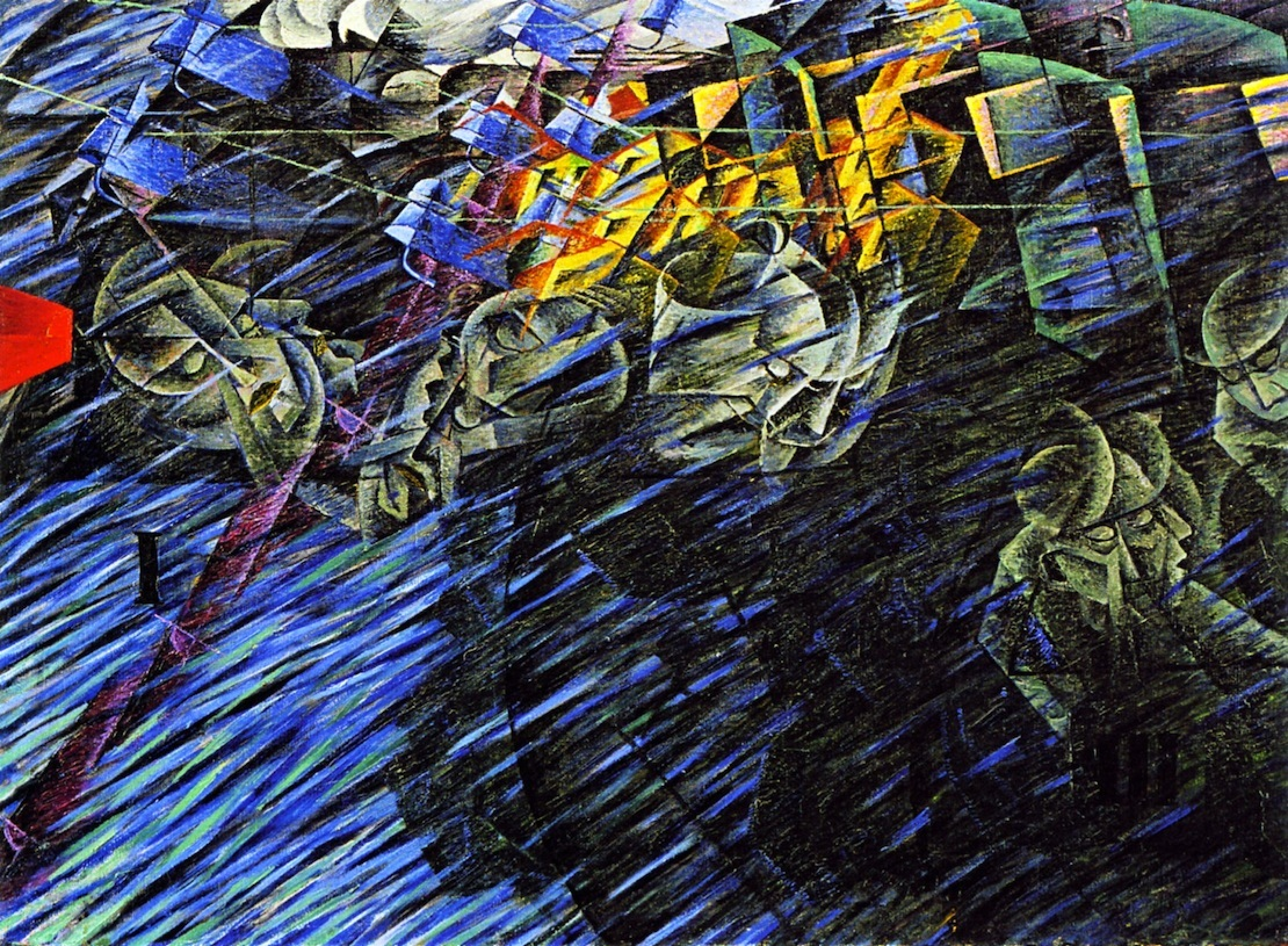
Umberto Boccioni — States of Mind — Those Who Go, 1911
Umberto Boccioni analyzes the feelings of people whose lives are inextricably linked with the work of this machine: the train separates them from their loved ones, regardless of whether they leave or stay.
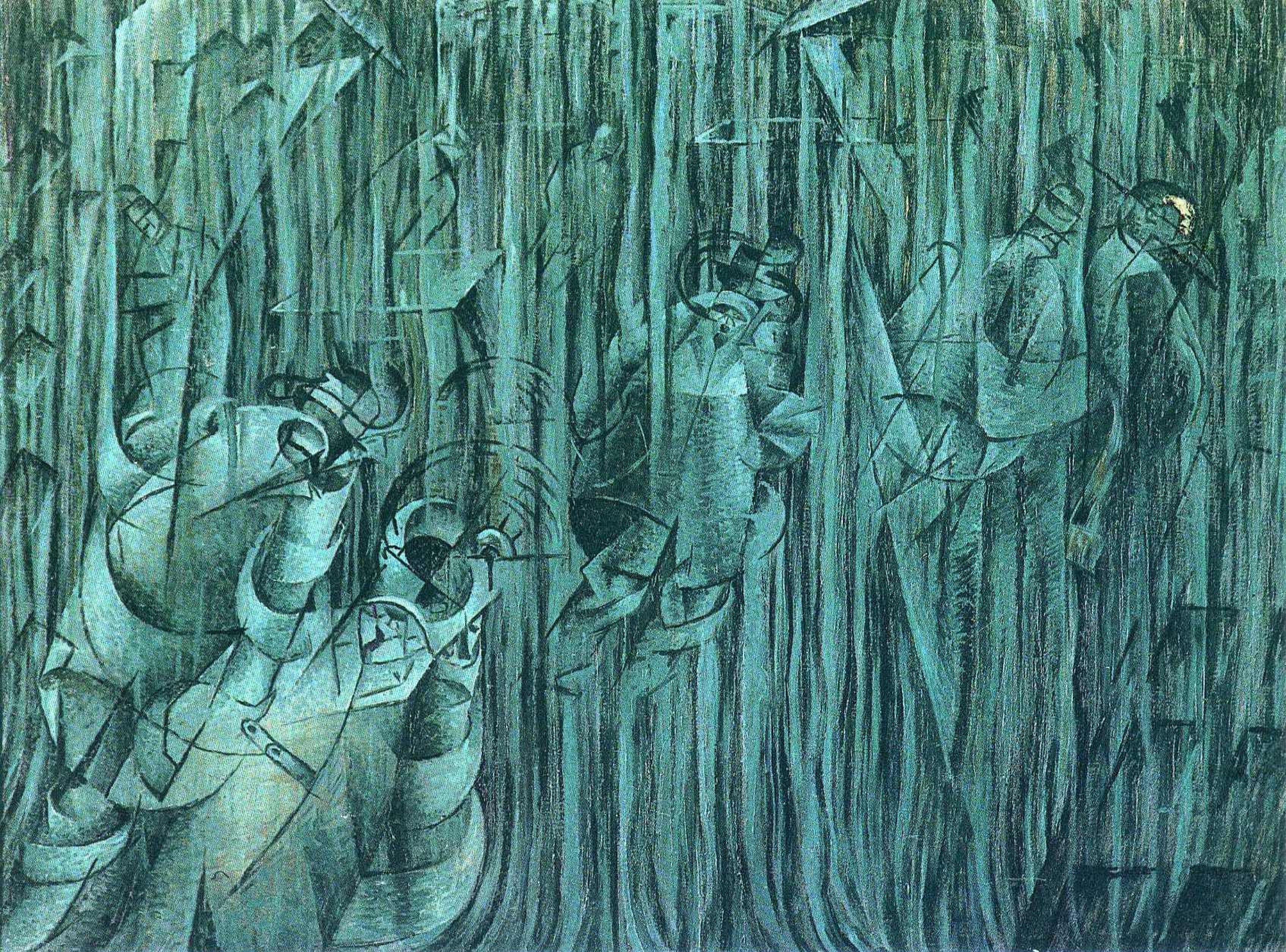
Umberto Boccioni — States of Mind — Those Who Stay, 1911
The author depicts the parting and the state of both sides after the farewell. The gloomy color and the dominance of cold tones make it clear that if Boccioni is a futurist, then in a visual, but not an ideological aspect. In the conceptual center of his triptych lies the desire to show movement, dynamism, but the dynamism of a restless soul, not a mechanism.
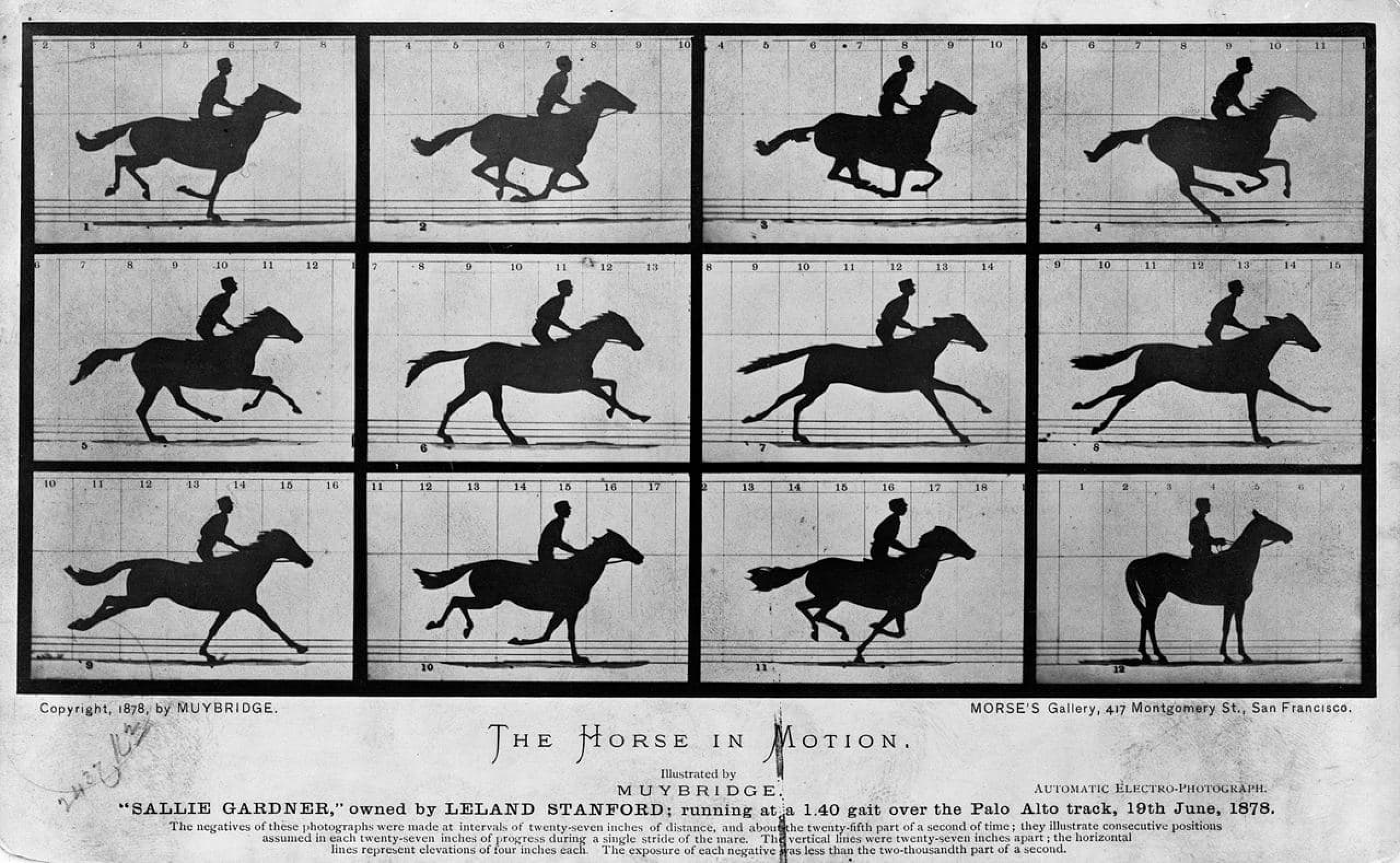
Eadweard Muybridge — The Horse in Motion, 1878
The image of movement on a static canvas attracted many artists of the turn of the XIX-XX centuries, for many of whom futurism was only an intermediate stage in their creative quest. It is believed that it all started with Edward Maybridge, an artist and photographer of the second half of the XIX century. He created a series of photographs that segmented the movements of living creatures into frames. Perhaps the most famous work is "Horse in Motion".
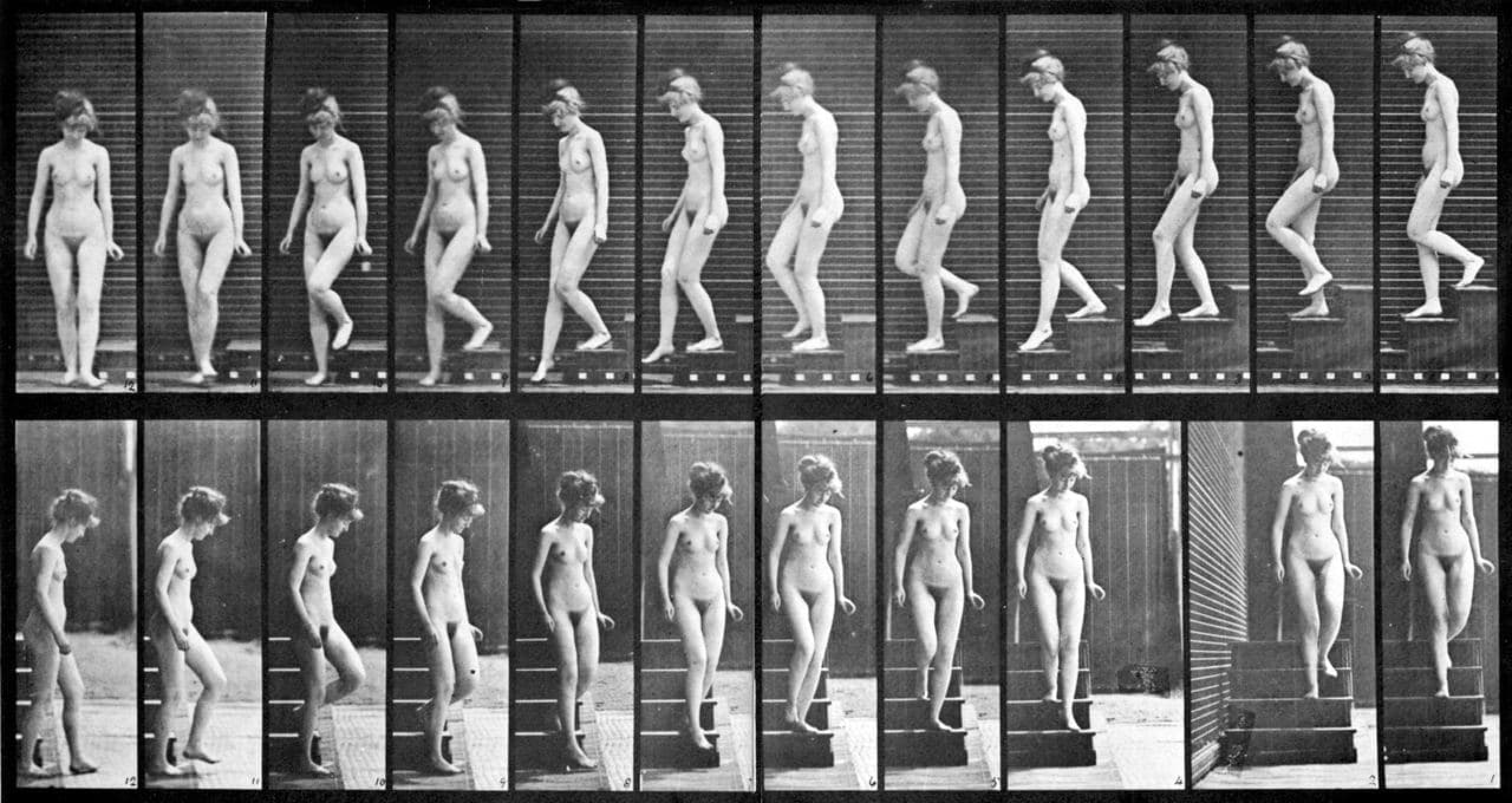
Eadweard Muybridge — Woman Walking Downstairs, 1912
His series "A Woman goes down the Stairs" was inspired by Marcel Duchamp, who created "Nude Descending the Stairs". This painting was not allowed to the Salon of Independent Artists, which further radicalized Duchamp, who would later join the Dadaist movement and become one of its most famous representatives.
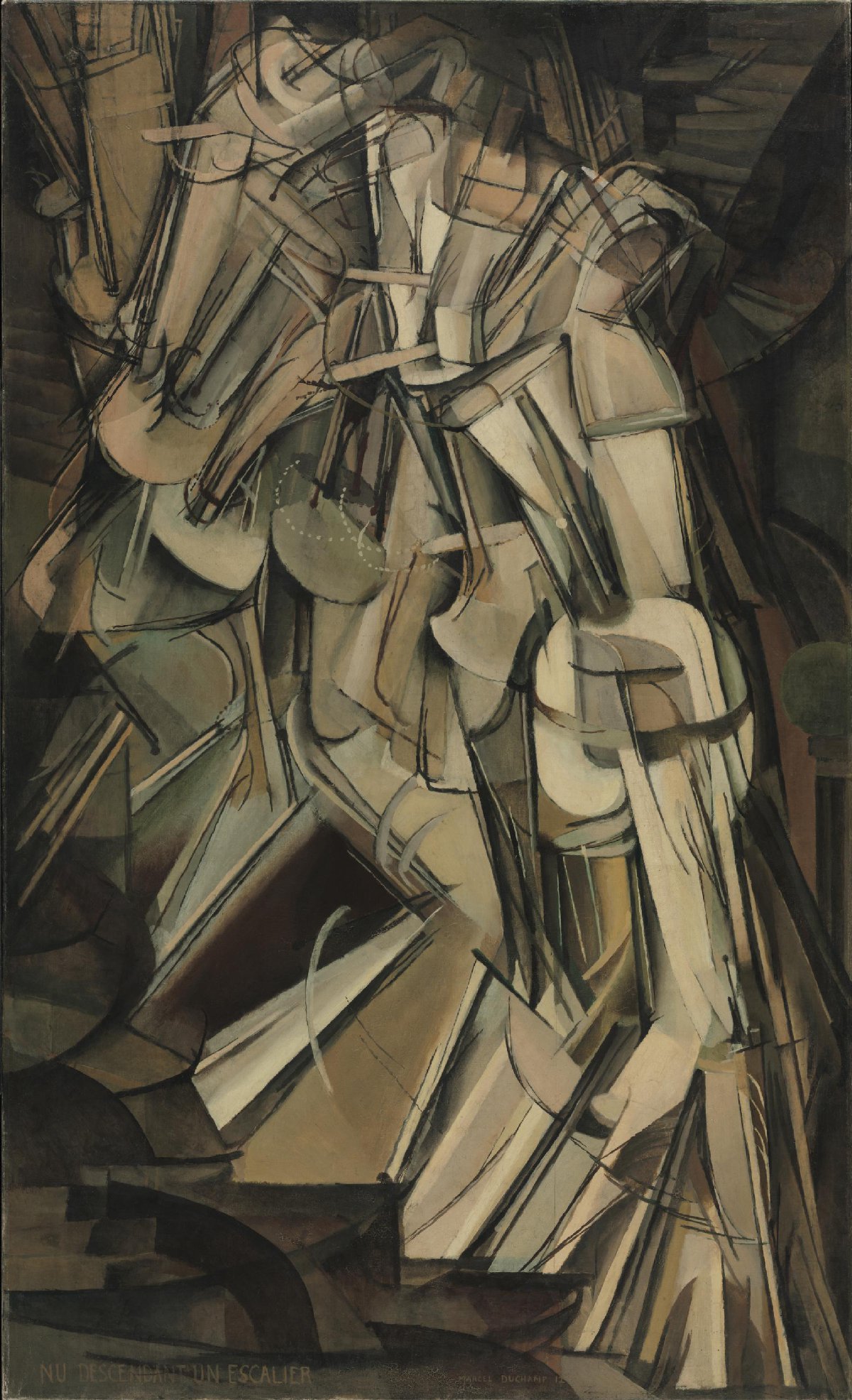
Marcel Duchamp — Nude Descending a Staircase, 1912
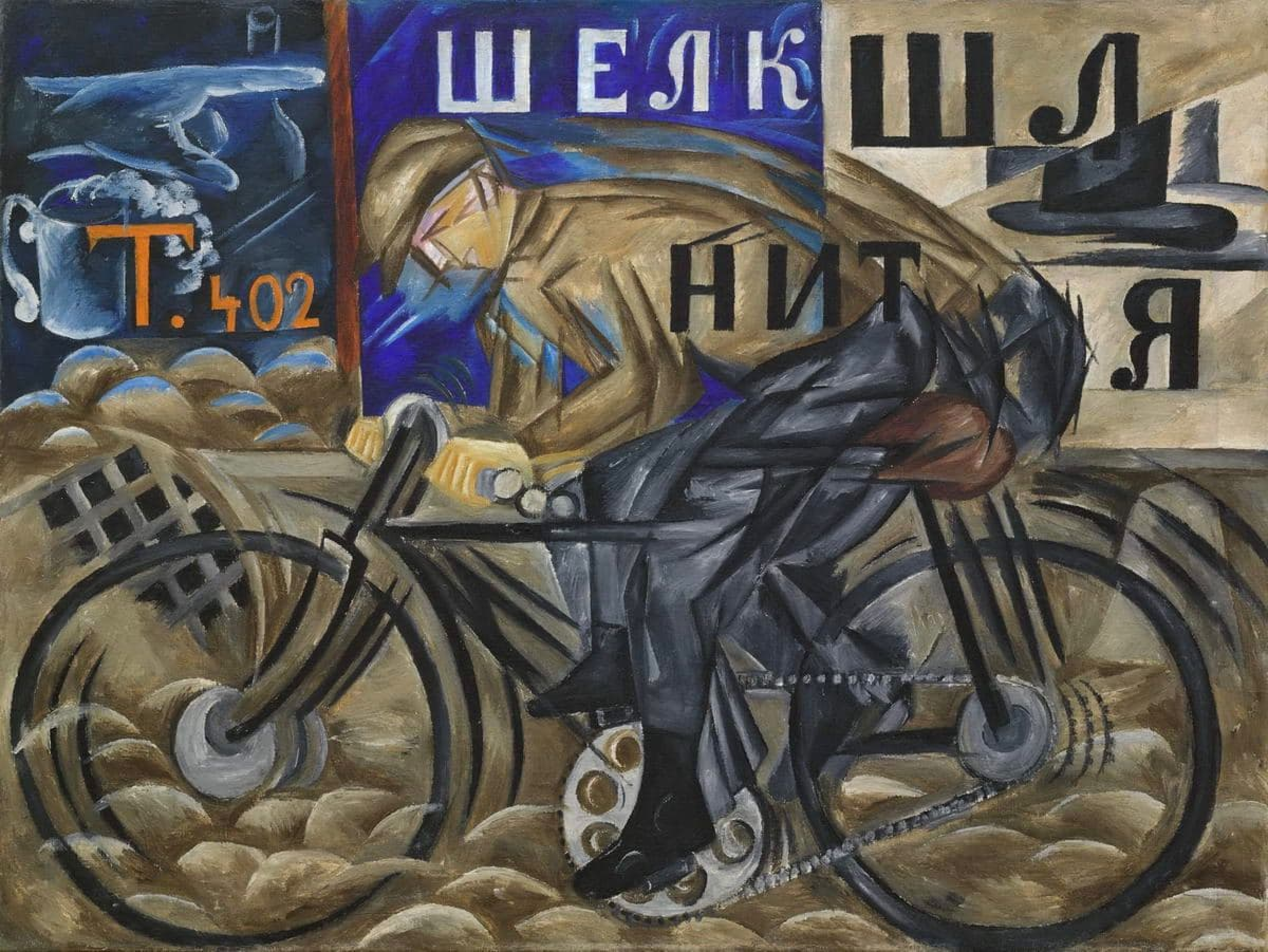
Natalia Goncharova — Cyclist, 1913
Among the Russian creators who have passed the period of cubo-futurism, we can mention Natalia Goncharova and her "Cyclist". In addition to repeating body parts and distorting space, the artist used letters as a means of decoration and a tool for depicting movement. A cyclist crosses the streets so rapidly that he can only notice a sign, a product in a window, an advertising poster out of the corner of his eye. At such moments, the perception of the city looks like a kaleidoscope of letters and details, which Goncharova was able to convey filigreously.
This SupremePunk, in fact, combined a psychological portrait in a futuristic shell, which shows the variability of the essence of the depicted character.

Buy

Gallery:
CryptoPunk #4863 that has been taken as a base

Your transaction is in progress

You have connected to the wrong network

Transaction is successful!


